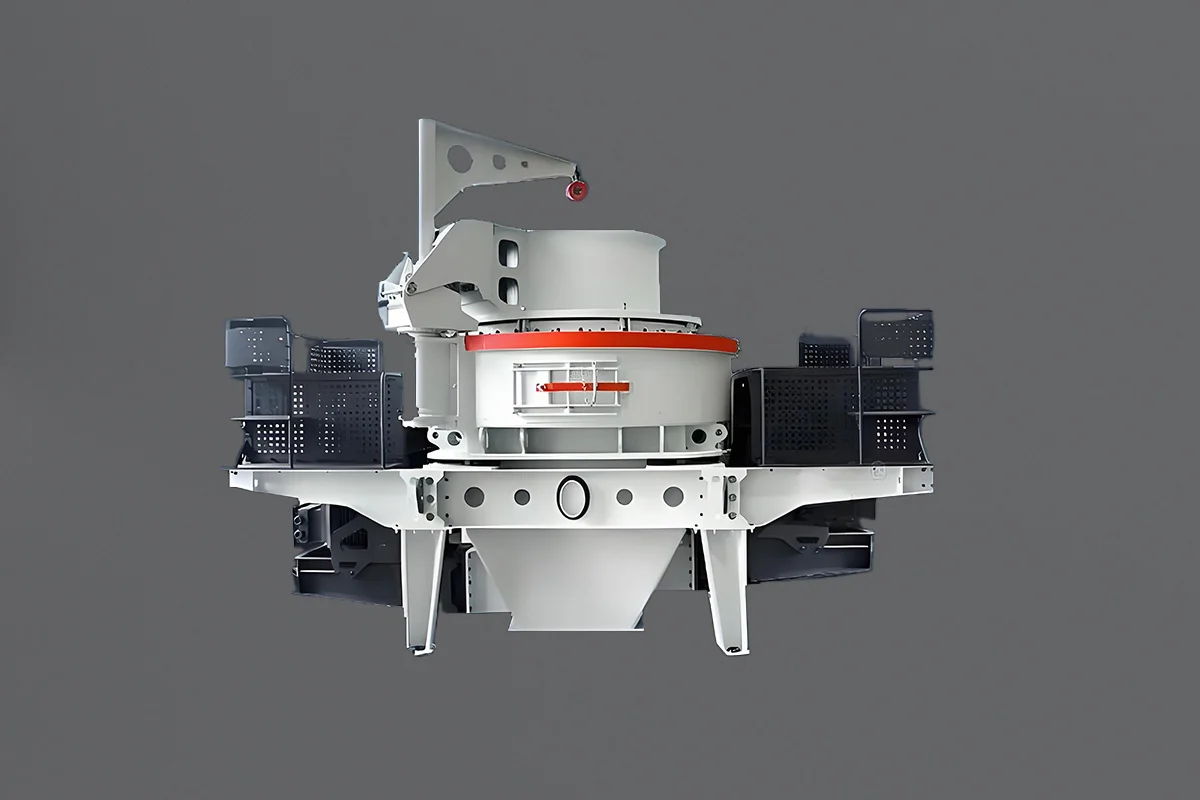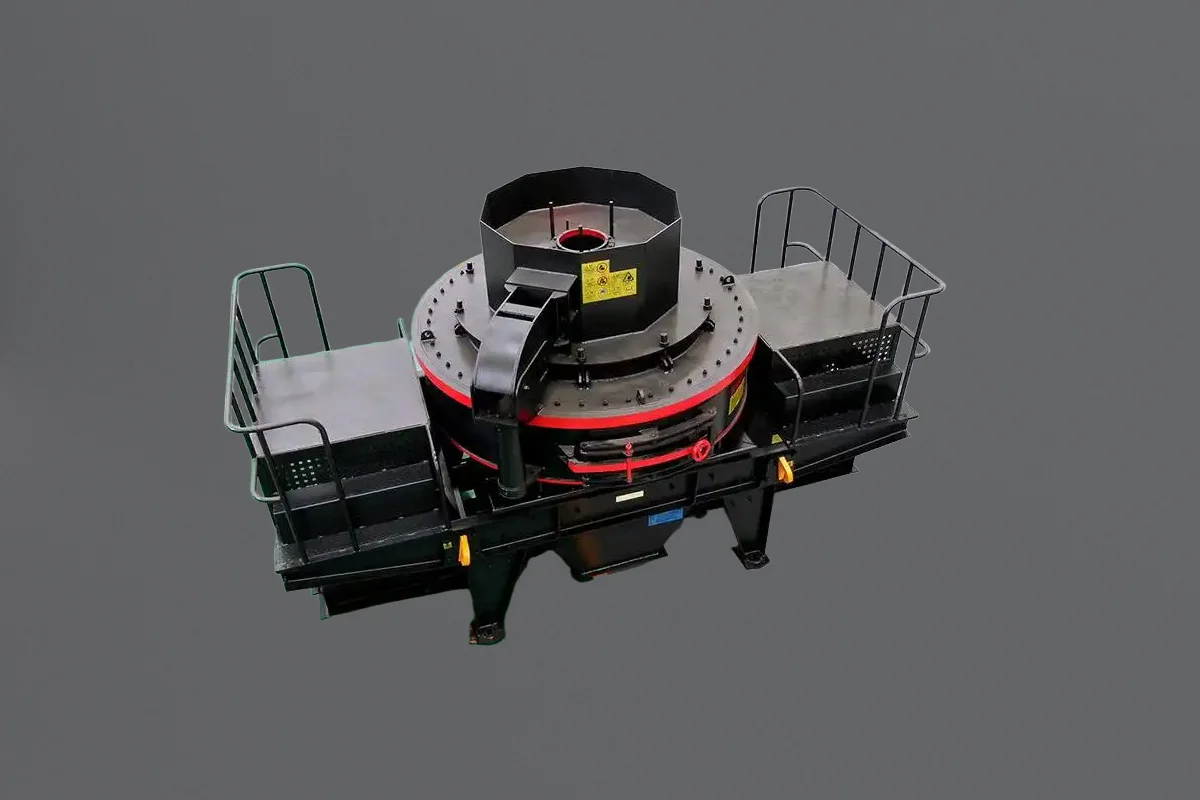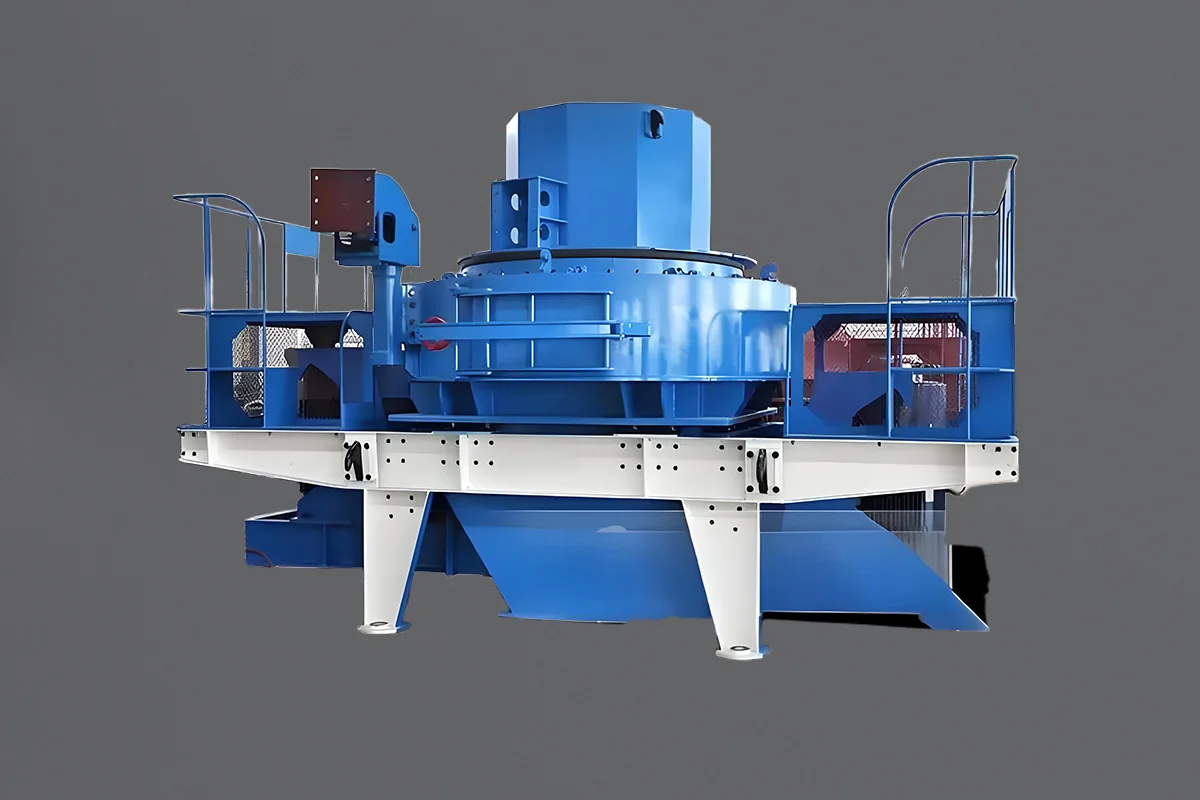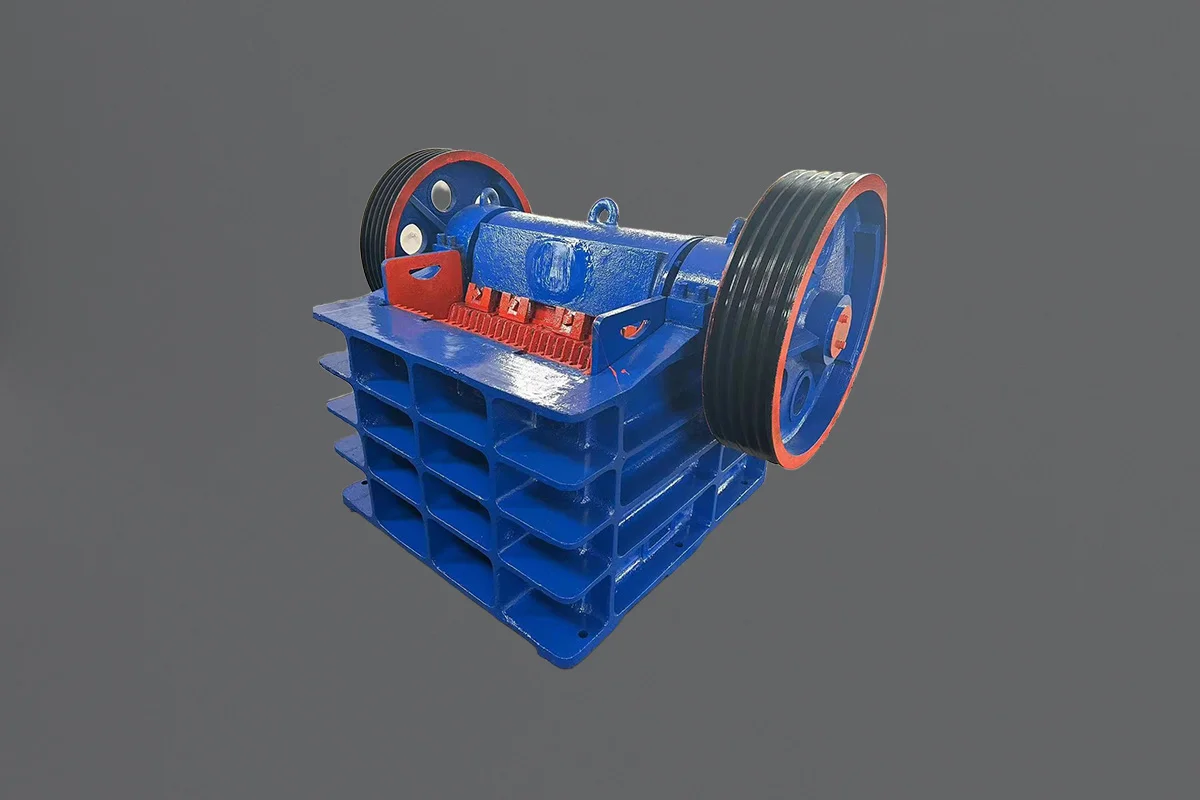In its many forms, steel plays a vital role in our lives, from the buildings where we live to the cars we drive. But did you know that alloy steel grades play a crucial role in determining strength, and one size doesn’t fit all with respect to alloy steel?
Different applications require different mixes of strength, toughness, ductility, heat, wear, and corrosion resistance. That’s where the magic of alloy steel comes in. Understanding the diverse range of alloy steel grades available can be instrumental in optimizing the efficiency and effectiveness of your projects.
Each grade is tailored to specific applications and requirements, so the selection process can significantly impact the overall success of your endeavors. Are you intrigued to find out more about the commonly used alloy steel grades and how they can elevate your project outcomes? Let’s find out.
4 Different Types of Alloy Steel Grades for Enhanced Performance
You should consider the following types of alloy steel grades to enhance performance:
- Low-carbon quenched and Tempered (Qt) Steels
- Medium-Carbon Ultrahigh-Strength Steels
- Bearing Steels
- Heat-Resistant Chromium-Molybdenum Steels
(1) Low-Carbon Quenched and Tempered (Qt) Steels
Low-carbon quenched and tempered (Qt) steels are characterized by their controlled carbon content and specific heat treatment process. These steels typically contain less than 0.20% to 0.60% carbon, allowing for good weldability and formability.
The heat treatment involves heating the steel to a high temperature to form an austenitic structure, followed by rapid cooling (quenching) to create a hard martensitic structure. Subsequently, the steel is reheated (tempered) to achieve the desired balance of hardness, strength, and toughness.
This quenching and tempering process produces high tensile strength and toughness, making these steels ideal for critical structural applications. Common uses include structural components in construction, automotive parts, pressure vessels, and heavy machinery.
(2) Medium-Carbon Ultrahigh-Strength Steels
Medium-carbon ultrahigh-strength steels typically have a carbon content of 0.30% to 0.60% and a manganese content of 0.60% to 1.65%. These steels are engineered with additional elements like chromium, molybdenum, and nickel to enhance strength and toughness for demanding applications.
Also, these steels undergo heat treatments such as quenching and tempering to achieve exceptionally high strength levels. Although they offer superior strength, their higher carbon content may reduce weldability and formability.
Applications of medium-carbon ultrahigh-strength steels include aerospace components, military armor, heavy-duty shafts, gears, and high-performance engineering applications. Applications requiring high strength are often chosen over those that require weldability and formability.
(3) Bearing Steels
Bearing steels are characterized by high carbon content and alloying elements like chromium. They are designed to provide exceptional hardness and wear resistance, which are essential for various bearing applications.
With a typical carbon content of around 1.5% and a Rockwell hardness of approximately 64 HRC, these steels are alloyed with chromium for hardness and wear resistance. A high level of cleanliness is required when making bearing steels so inclusions won’t cause premature failure.
Specific heat treatments are applied to achieve the desired microstructure and mechanical properties necessary for optimal performance in applications such as rolling bearings, ball and roller bearings, and gear system components.
(4) Heat-Resistant Chromium-Molybdenum Steels
Chromium-molybdenum steels are known for their enhanced high-temperature strength and corrosion resistance due to the presence of chromium and molybdenum. These are crucial for various industrial applications requiring resistance to creep deformation and oxidation.
With a chromium content of around 9% and molybdenum content of approximately 1%, these steels are resistant to creep, a slow deformation of materials under high temperature and stress. This makes them ideal for applications where maintaining mechanical properties at elevated temperatures is essential.
How to Choose the Right Alloy Steel Grades for Your Project?
To choose the appropriate alloy steel grades for your next project, consider these factors:
Understand Your Project Requirements
Consider your project requirements carefully to select the most suitable alloy steel grades based on strength, toughness, ductility, corrosion resistance, temperature resistance, and wear resistance.
Begin by determining the specific alloy steel yield strength characteristics needed, including tensile strength, yield strength, and hardness. Assess the need for toughness, especially when impact resistance is important. For applications requiring significant deformation, prioritize ductility and elongation properties.
Evaluate the exposure to corrosive environments to choose an alloy with the appropriate corrosion resistance level. Factor in the operating temperature range to ensure the selected grade can maintain its properties under those conditions.
Evaluate Processing and Manufacturing Requirements
When choosing alloy steel grades, consider the forming processes required. If the material needs to be shaped into complex geometries, opt for grades with good formability. For applications involving extensive machining, prioritize the machinability of the alloy steel to ensure efficient production.
Assess the welding processes in your project and choose grades with good weldability if welding is integral to manufacturing. Moreover, for applications demanding specific mechanical properties, ensure the alloy steel selected can effectively undergo the required heat treatments.
Consider Cost and Availability
When selecting the most suitable alloy steel type for your project, consider cost and availability to ensure optimal performance. Balancing material properties with cost considerations is essential to stay within budget while meeting performance requirements.
Ensuring the chosen alloy is readily available is key to meeting project timelines without delays. Additionally, considering the reliability of suppliers and the consistency of material quality within the supply chain is vital for a smooth project execution.
To make informed decisions, thoroughly analyze the cost implications of different alloy steel grades. Compare prices from different suppliers and factor in any extra processing or manufacturing costs. Simultaneously, evaluate the availability of the chosen alloy in the quantities required for your project.
Consult Standards and Specifications
Referencing industry standards like ASTM, ISO, and SAE can provide crucial guidance on the properties and applications of different alloy steel grades. These standards outline chemical composition, mechanical properties, heat treatment processes, and recommended applications for each grade.
By consulting these standards, you can ensure that the alloy steel grade chosen for your project meets the necessary performance and durability criteria. Specifications and datasheets outline each grade’s tensile strength, yield strength, hardness, and corrosion resistance.
Seek Expert Advice
When choosing the right alloy steel grades, seek expert advice from materials engineers or alloy steel suppliers such as Qiming Casting to ensure optimal performance.
Materials engineers can analyze your project’s requirements and recommend the right alloy steel grade based on strength, corrosion resistance, and heat tolerance. You can benefit from their deep understanding of material properties and their practical applications in various industries by consulting with metallurgists.
Steel suppliers are also crucial in guiding your alloy steel grade selection process. They can provide valuable insights into the best grades for your application, considering factors like availability, cost-effectiveness, and compliance with industry standards.
What are the common grades of alloy steel?
Common alloy steel grades like 4130, 4140, 4340, and 8620 are widely utilized in various industries for their specific properties and applications.
4130, a low-alloy steel, is commonly used in the aerospace industry due to its excellent strength-to-weight ratio and weldability. On the other hand, 4140, a chromium-molybdenum steel, is favored for its high tensile strength, toughness, and abrasion resistance.
Moreover, 4340 is a nickel-chromium-molybdenum alloy known for its exceptional ductility and toughness, and 8620 is a low-carbon nickel-chromium-molybdenum alloy with good core strength and toughness.
Unlocking Success: The Power of Choosing the Right Alloy Steel Grade
The appropriate alloy steel grade is crucial for optimal performance in various industrial applications. By considering project requirements, processing capabilities, and cost efficiency, you can ensure that the chosen grade meets the specifications.
Whether the durable Low-Carbon Quenched or the Heat-Resistant Chromium-Molybdenum Steels resist deformation, there’s alloy steel for every need.
Consult with materials engineers or steel suppliers to navigate the diverse options available. Choose wisely, as the right alloy steel grade can be the key to your project’s success.



